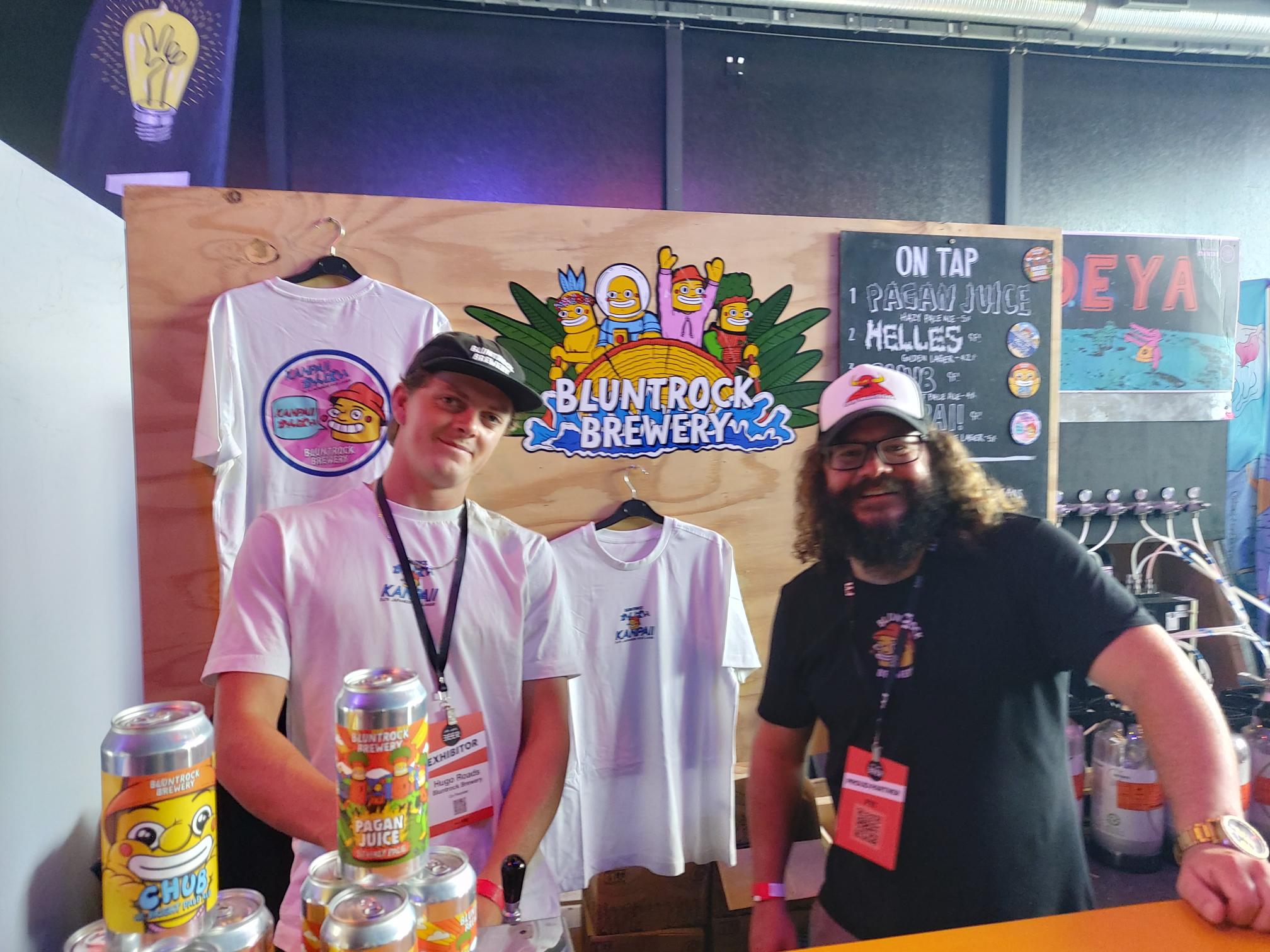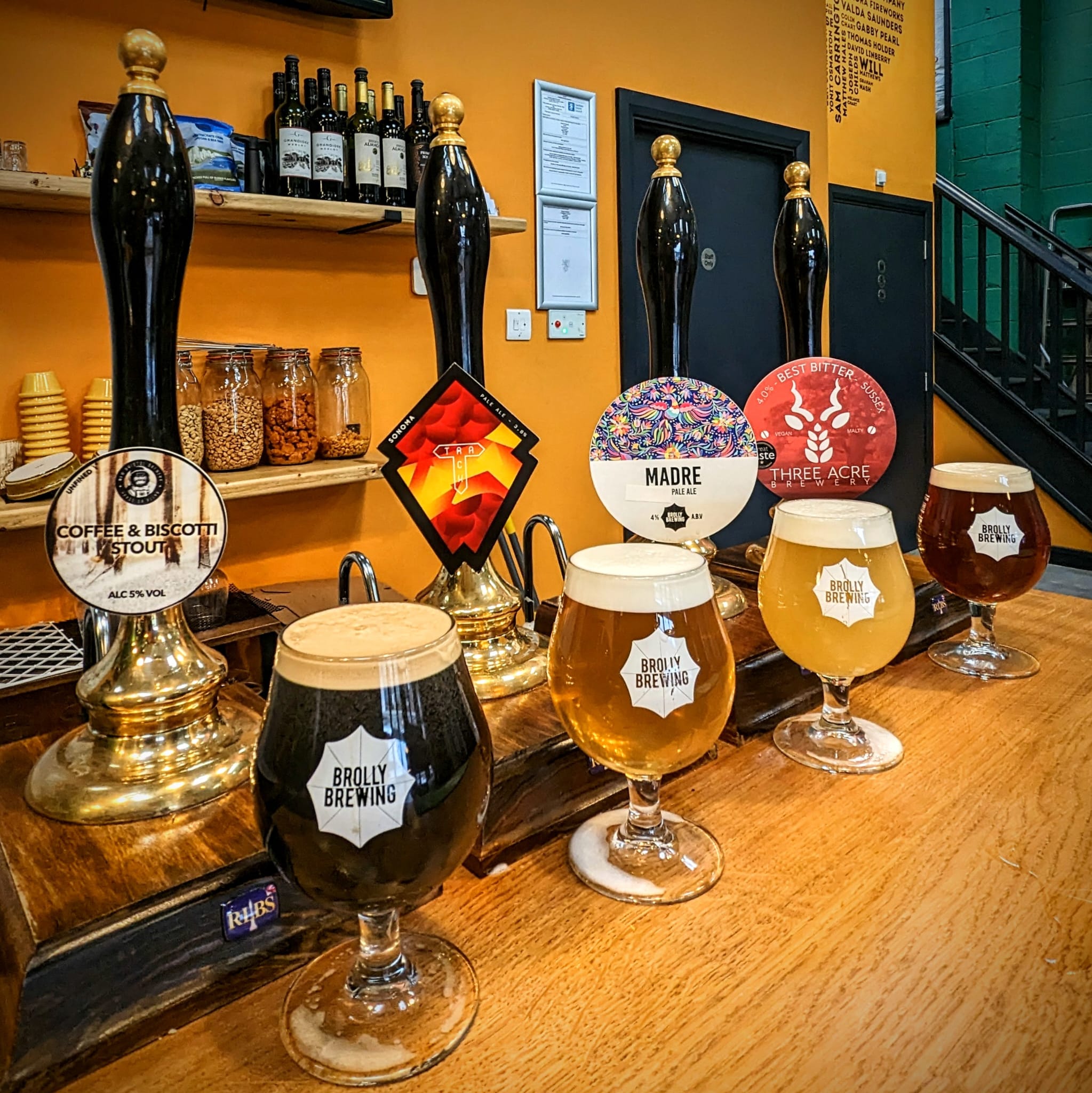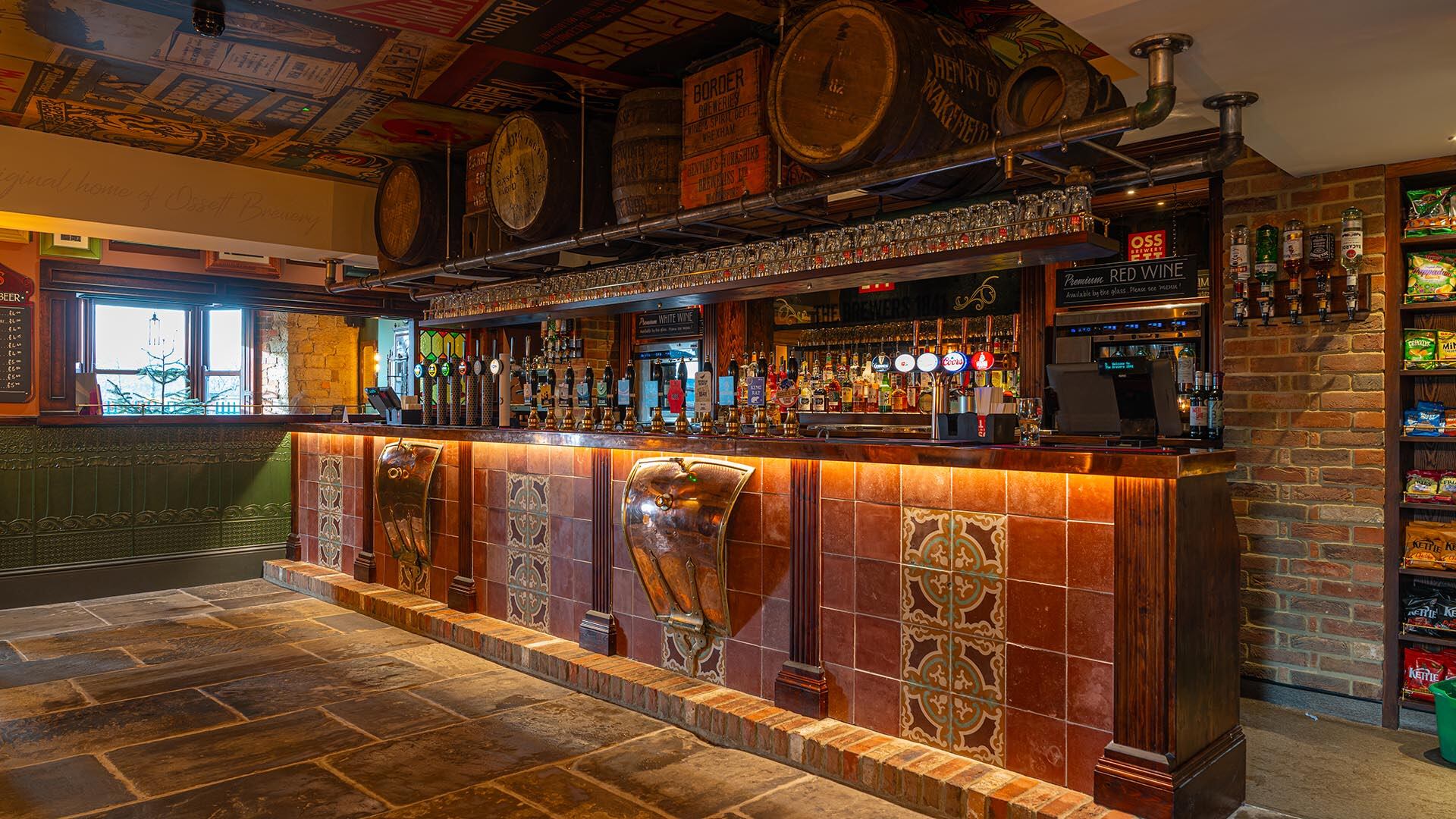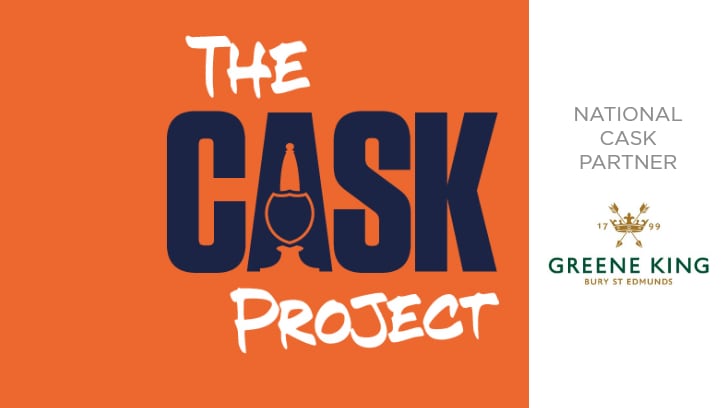Bluntrock Brewery in Rock, Cornwall; Brolly Brewing in Horsham, West Sussex; and SALT Beer Factory in Saltaire, West Yorkshire; told The Morning Advertiser their thoughts on cask.
Bluntrock Brewery co-founder Hugo Roads said: “Traditional cask that is good and well-kept is trending in my eyes and it’s going to be one of the next things to come back because the age of landlords is dying and cask beer relies on landlords who know what they’re doing because you could take the best cask beer in the world from the best brewer in the world but if you’ve got a landlord who doesn’t know how to keep their beer, you’re going to have an average pint every time… potentially a rubbish point.
“Whereas if you take an average cask beer and give it to the best landlord in the world, you’ll probably have one of the best beers you’ve ever had.
“In the industry, at least from our point of view, if you can find a really good cask beer, it’s like absolute gold and especially where we’re from in Cornwall, people will actively go to those places that have a good landlord and drink the cask there all day long and absolutely love it.
“I’ve seen and from our sales as well, especially nationally, our cask is really flying, which is really cool.”

Meanwhile, Brolly Brewing co-founder Brook Saunders explained: “Fresh cask is unbeatable. We can do pretty much any style in cask.
“We specialise in beers around 4% to 5% ABV. Having done hazy beer in cask for a long time, I think the consumer can really get ‘wowed’ by a fresh, hazy cask.
“Many folks reminisce about when they first tried our original hazy yellow cask beer called C.O.W. (Citra Oats Wai-iti) back in 2017. Locally, no one was doing it at the time and it really broadened the appeal of our cask beer.”
On the subject of creating cask beers that are more likely to be found in keg, Saunders said: “Many breweries are doing it more often these days. Some do it really well while others are doing it to follow a trend – and that trend is cask beer.
“Dare I say it, cask is becoming trendy again – which is really good news. While the hazy, modern cask pales and IPAs bring in new consumers to the cask market, I also think it can pique their interest into more traditional cask styles. We see this in real-time at our taproom.”
On hazy beers in cask – which is a domain championed by keg beer producers, Saunders said it can be quite a leap for a traditional cask pub to take a hazy cask beer on because hazy cask beer needs to turnover even faster than traditional styles.
He added this is down to the high amount of hops used makes the beer oxidise faster and that hazy cask is also more expensive due to the number of hops used therefore meaning the customer’s pocket will be hit further.
“When we have been the first to put a hazy cask directly into a pub, it’s sold remarkably quickly,” he explained. “I can’t think of a single time it hasn’t been a bit of revelation for the pub, landlord and customers. These days, in our locality of Horsham, it’s quite commonplace.
“The pubs know that it’s important to buy it local, fresh and to serve it as soon as possible. You don’t cellar these beers. Get it pouring on your busiest days and your customers will thank you.”

Although both pubs and brewery numbers are in decline, according to Saunders, both need more support from the Government.
He lamented: “I worry that cask might have to decline further before we see it level off. Cask is a premium product sold at sub-premium prices. This is not sustainable for the majority of breweries when costs have rocketed.
“However, cask beats at the heart of the vast majority of independent breweries in the UK. It is a product unique to this country and there is absolutely no way it’ll not be front and centre in UK brewing.
“When you know the processes involved to get the perfect cask pint into your hand, which are many so I won’t list them, cask is the ultimate demonstration of the UK’s brewing heritage and craft.
“Regardless of whether it clear and brown or hazy and yellow, it’ll be around for a very long time without a doubt. It’s the perfect pint, nothing comes close.”
SALT Beer Factory is a taproom and kegged beer producer in West Yorkshire and is also the sister business of cask-heavy Ossett Brewery.
Edd Simpson, managing director of SALT and Ossett, said most of its sites have a minimum of eight cask lines and some have up to 12.
Not only are its cask stars such as Butterley, Yorkshire Blonde, White Rat, Silver King and Excelsius often on display, its pubs also have room for some guest cask lines – sometimes up to four taps will be dedicated to them.
Simpson said: “We always try to have something different to our core range and always use local breweries that we have built great relationships over the years.
“Some sites love a dark beer, some sites love traditional malty and more chestnut coloured beers, some have a market for the higher ABV, some are price sensitive, some just know what they like and they stick with it.”
On the technical side, he explained all its sites pour using an autovac system that creates “the creamiest, tightest head and really make the pint more enjoyable from a mouthfeel, in all our pubs you will see a meniscus and the thick lacing on the glass as the beer is being drunk”.

But is cask a good vessel for dispensing the types of craft beer usually kept in kegs?
“Yes. Craft has grown to be more popular with all types of drinkers trying craft,” Simpson said. “We have a fantastic range of craft beer. We have lots for the crafty drinkers who like their IPAs, DDH DIPAs, NEIPAs but we also have craft beer that is accessible for all. We have Loom and our latest craft beer Alapcalypse that are there for the people who are curious about craft.
He continued: “A lot of breweries are making the styles of beer you get in craft but in cask. You find that the traditional cask beer drinkers tend to try them but always go back to the traditional cask ales.
“You see a lot of cask beer that is hazy when it’s done the craft way and we find our traditional ale drinkers don’t like it. Not because of the taste but because of the visual aspect. They have always known cask beer to be crystal clear and when it’s not, it throws them a little.
On the future for cask, he said cask may be embracing the adventurous and experimental elements of craft yet cask “couldn’t be more sustainable and artisan if it tried”.
He added: “Our sister brewery, Ossett, makes some of the best cask beer in the UK and showcasing those beers in the best light possible will always be a key priority for us.
“We believe the future of cask beers is strong from a craft perspective. Firstly, craft beer has a premium reputation, which is where the cask market needs to evolve towards.
“The common perception of cask beer is that it will be one of the cheaper options on the bar, yet it is the beer with the most provenance and takes the most care to handle, so should demand a premium price.
“People seem more willing to accept a higher price point on cask coming from a leading craft brewery. The look and feel of the brand also play into this, and brand evolution of our own beers at Ossett is something we’ve been focusing heavily on.”
For Simpson, the throughput must justify the quality pf cask beers put on for customers therefore making it difficult to premiumise without consistency.
All staff are fully cellar trained to ensure high quality and they have had success via trialling new beers and encouraging pubs to put modern cask on along with the use of pins (36-pint cask containers rather than 72-pint barrels). This has ensured less wastage and the quality of the pint is always right.


